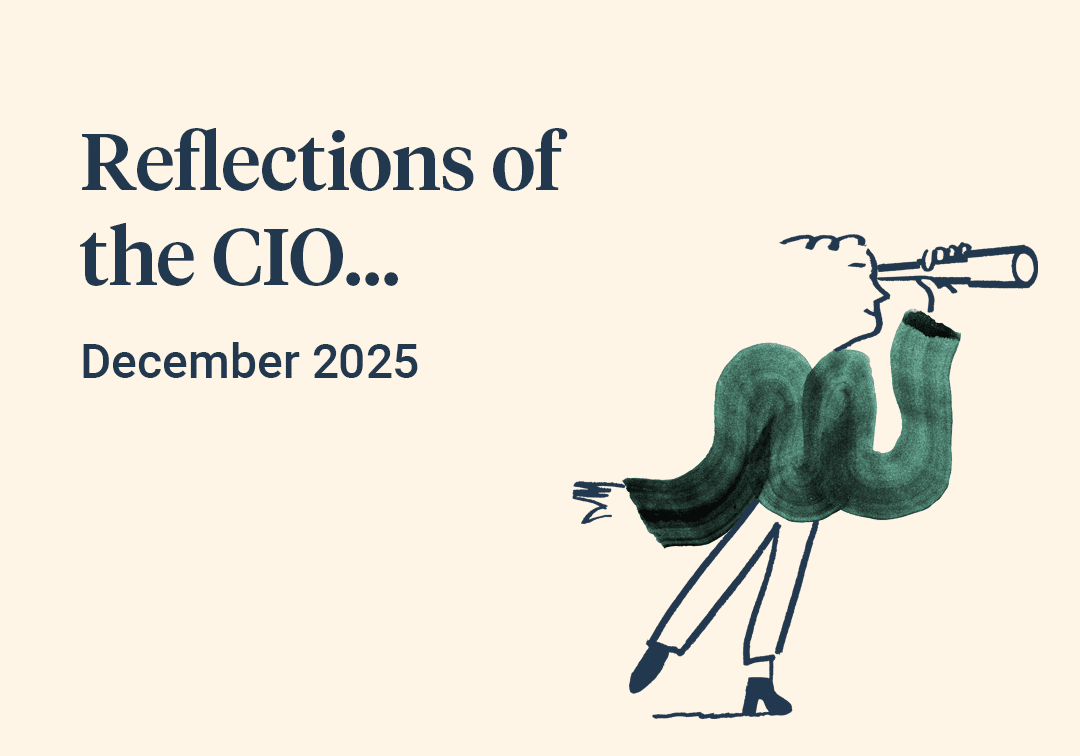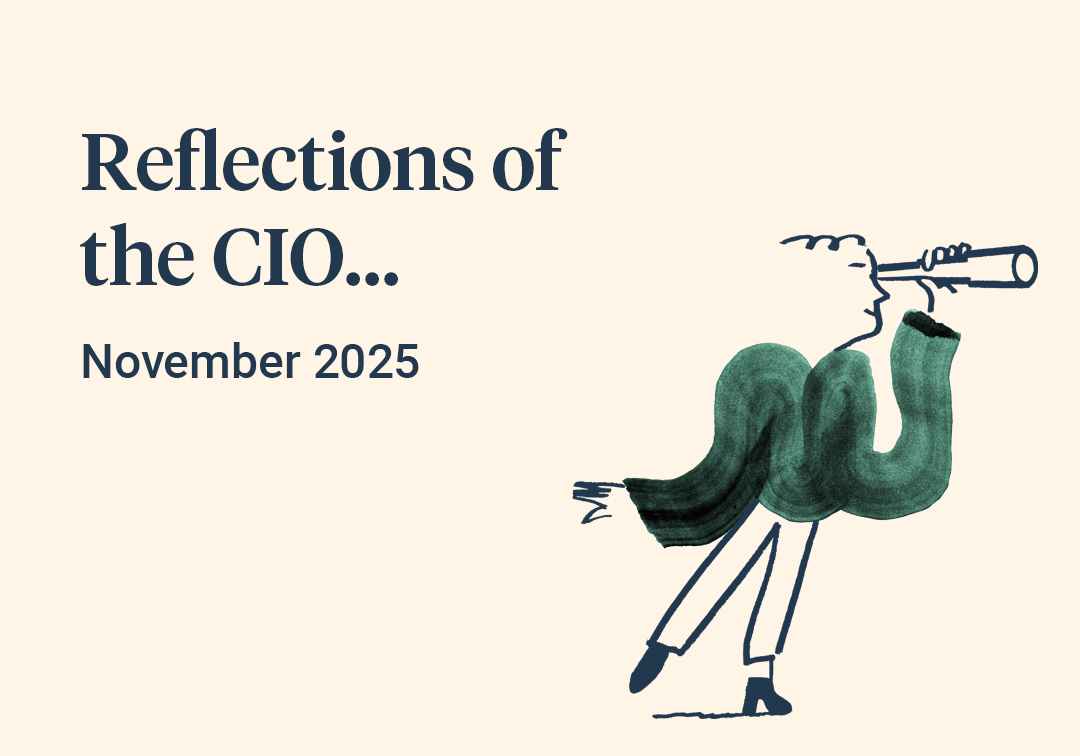September was a tough month for nearly all global assets, with the root cause being a mini panic in government bond markets, particularly in bonds with a longer maturity date. There were multiple reasons for the price falls, many of which are familiar, but this time there was also a faint whiff of panic in the air as those investors who were incorrectly positioned rushed to sell into quarter end.
The negative overtones had been building for a while. Oil prices have been rising steadily from their lows around $70 throughout the summer and in September spiked upwards again into the $95 region. This reignited concerns about the inflation outlook, which had been improving steadily over the last few months. There was also a renewed focus on the spending profile of the US government, which is currently predicted to be running large fiscal deficits for many years into the future. The market already knew this of course, but a warning from the ratings agency Fitch on how this spending profile would pressurise the US debt rating did serve to bring the issue back into focus.
Adding to the pressure on the key US bond market was the ongoing trend of weakening demand, as key overseas buyers of US debt are now inclined to buy much less than they did before. In the case of China and Saudi Arabia, the reasons behind this are mainly geopolitical, for the Japanese it is a question of relative value, given the increasing attractiveness of alternatives at home. These supply and demand risks had not really been factored into the prices of longer-term US debt in any meaningful way until the Federal Reserve meeting in late September provided a catalyst for a rethink.
At this meeting, the Fed updated its estimates for the future path of the US economy, projecting a slightly higher path for growth, inflation, and interest rates than they had previously estimated only three months ago. Although they did not actually raise interest rates at this meeting, they did very clearly outline how interest rates would have to stay higher for longer than the market had originally thought. If inflation did not continue to fall, interest rates would have to rise again. As this message was digested alongside the other issues surrounding debt demand, supply and quality, the key US bond market began to fall sharply, dragging other bond markets down with them. Equity markets also began to fall, as did most currencies when compared to the dollar. The total quantum of loss by month end was of the order of -3% to -4% across assets, with only oil standing out as the most noticeable positive return.



